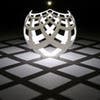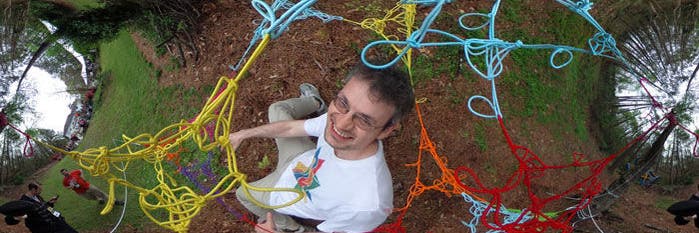


Mathematician working mostly in three-dimensional geometry and topology, and mathematical maker/artist working mostly in 3D printing and virtual reality.
#Math #Maths #Art #3DPrinting #Geometry
This profile is from a federated server and may be incomplete. Browse more on the original instance.